Lee Hyo-seok Culture Village (이효석문화마을)
2022-12-29
Wongil-ri, Pyeongchang-gun, Gangwon-do
+82-33-335-9669
Lee Hyo-seok Culture Village is the place where the author Lee Hyo-seok (pen name “Gasan”) was born and raised. The village is also the setting of the author’s novel "When the Buckwheat Blossoms,” one of the most celebrated Korean short stories to date.
In 1990, the village place was designated ‘first national cultural village’ by the Ministry of Culture and Tourism. The village is comprised of the author's birth house, a water mill, Gasan Park, Lee Hyo-seok Memorial Hall, and a buckwheat museum. During the peak of the blossoming season in early fall, the annual Lee Hyo-seok Cultural Festival takes place and visitors can enjoy the beautiful scenery of snow-white fields of buckwheat flowers.
Lee Hyo-seok Cultural Festival commemorates the modern Korean writer and features buckwheat-themed programs. Events include a Hyo-seok essay contest, traditional performances, a costume parade, a photo contest, and "When the Buckwheat Blossoms" plays and related performances. During the festival, visitors can enjoy makguksu (buckwheat noodles) and memil buchim (buckwheat pancakes) and tour the locations that appear in the famous short story.
Ssangam Park (쌍암공원)
2021-08-13
39, Cheomdanjungang-ro 182beon-gil, Gwangsan-gu, Gwangju
+82-62-960-8704
Ssangam Park is located in front of the Gwangju Institute of Science and technology within Cheomdanjigu (the high-technology district) in Gwangsan-gu, Gwangju. Thanks to the beautiful lake at its center, the park is also known as “Lake Park.” The lake is surrounded with landscaped azaleas and pine trees and is home to several fountains. At least once a month, a cultural festival takes place at the park.
Convenience facilities include 146 benches, 3 restrooms, and 3 playgrounds. The park is especially popular among students since it has a gym and a wide grassy field perfect for playing sports.
Gudeurae Park (구드래조각공원)
2025-03-22
60, Naruteo-ro, Buyeo-gun, Chungcheongnam-do
+82-41-830-2880
Located at the western end of Busosan Mountain along the Baekma River, the Gudeurae region boasts beautiful scenery and a well-developed sculpture park. The port in the region acted as an entrance to the Sabi Castle during the Baekje dynasty and today serves as a dock for the cruise ship that travels up and down the Baekma River. Restaurants serving delicious regional cuisine are located near the dock, making the area a recommended tourist location for visitors who are looking for a combination of natural beauty and flavorful culinary delights.
Gudeurae was designated a Korea tourist region in 1985. Following the official designation, a sculpture park housing 59 sculptures was established in the area. Thirty of the works of art were crafted by sculptors residing in Gudeurae who are known for skills that have been handed down from artists dating back to the Baekje Period. The other 29 pieces are from Korean and overseas artists who participated in the International Modern Sculpture Symposium in 1999. The sculptures bring about a sense of beauty that reflects the region’s history as well as modern art, making the park a popular tourist site and retreat for residents. A monument built in memory of a well-known folk song describing the beauty of Gudeurae is also located in the region.
Gyeongju World (경주월드 어뮤즈먼트)
2025-06-12
544 Bomun-ro, Gyeongju-si, Gyeongsangbuk-do
At Gyeongju World, visitors can enjoy the popular water park California Beach in the summer, and a large-scale snow park in the winter. The Bazaar District in Gyeongju World looks like as if it came straight out of a fairy tale and serves as a popular photo spot with a various rides, convenience facilities, and restaurants. It is expected to become a must-see destination for tourists from all over the country visiting Gyeongju as it offers much to see, eat, and enjoy.
Cheongdam Fashion Street (청담패션거리)
2022-09-06
Cheongdam-dong, Gangnam-gu, Seoul-si
+82-2-3445-0111
The street from the Cheongdam Station intersection to Galleria Department Store is lined with luxury brand stores and dubbed as “Cheongdam Fashion Street." Often frequented by celebrities, the area became a popular tourist destination for hallyu fans. Inside the alleys are famous restaurants, and with art galleries and boutiques popping up within the area, the street has gained a reputation as a cultural shopping street.
Anmado Island (안마도)
2020-06-18
Anmado Island, Yeonggwang-gun, Jeollanam-do
+82-61-350-5985
Anmado Island, the largest island in Nagwol-myeon District, is home to a number of ocean splendors including the magnificent Malcobawi and Heundeulbawi Rocks, and camellia colonies. As one of the largest fishing bases in the West Sea, it is famous for its local specialties such as cows naturally grown out of pasture, black goats, medicinal liquor made of centipedes, sea bass, crabs and ear shells. Moreover, the island's fishing village, which has been designated as a third-class fishing port, serves as refuge for ships from home and abroad.
Island History
In 1967, a liaison office of Nagwol-myeon town office opened its door overseeing Anmado Island, along with five othe islets (Daeseongmando, Soseongmando, Odo, Hwangdo and Jukdo) and six villages. The area as a whole is called Anma Archipelago. Furthermore, Hwangdo, an affiliated islet of the Anmado, along with Donghwangdongdo, Gageodo and Seogeochado form the Western Basic Line.
Songido Island (송이도)
2020-01-03
Songi-ri, Nagwol-myeon, Yeonggwang-gun, Jeollanam-do
+82-61-350-5981
Songido Island, the second largest island in Nagwol-myeon District, is home to Korea's one and only white pebble beach, several different species of trees, sea caves and joints created by coastal erosion. Moreover, it features various leisure activities such as fishing, camping and swimming.
Chilsando, an affiliated islet of the Songido, is home to a yellow-billed egret, designated as Natural Monument No. 361, and a black-tailed gull. The sound of the black-tailed gull was selected as the most beautiful sound that a living creature can make in the competition sponsored by the Ministry of Environment in 1999. Moreover, the islet has been named as the most beautiful island in the nation by the Ministry of Maritime Affairs and Fisheries in 2003.
King Sejong Statue (세종대왕 동상)
2024-03-04
175, Sejong-daero, Jongno-gu, Seoul
+82-2-2133-7713
King Sejong Statue can be found at Seoul’s Gwanghawmun Square. The statue commemorates King Sejong the Great (1397-1450, reign 1418-1450), the fourth king of Joseon (1392-1897). He is thought to be the greatest king in Korean history, for he is credited with great developments in science and technology, expansion of Joseon’s territory, and the creation of the Korean script, [Hangeul]. King Sejong’s likeness can be found on the 10,000 won bill as well.
Statue of Admiral Yi Sun-Shin (충무공 이순신 동상)
2024-03-04
175, Sejong-daero, Jongno-gu, Seoul
The Statue of Admiral Yi Sun-Shin can be found at Gwanghwamun Square in Seoul. Admiral Yi Sun-shin (1545-1598) was a naval commander who served during the Japanese invasion of Korea (also known as Imjin War: 1592-1598). The undefeated admiral achieved 23 victories against the Japanese navy using innovative tactics, and he is thus considered as one of the greatest generals in the history of Korea. Admiral Yi’s likeness can be found on the 100 won coin.
Buam-dong (부암동)
2024-03-15
Buam-dong, Jongno-gu, Seoul
+82-2-2148-1807
Buam-dong is a village located north of Gyeongbokgung Palace. It is designated as a development-restricted zone due to its proximity to the Cheong Wa Dae, preserving the old neighborhood's appearance. There are numerous bakeries, cafés, restaurants, and small galleries housed in renovated traditional houses, making it a delightful place for a leisurely stroll. The nearby hiking trails connected to Bugaksan Mountain offer a tranquil journey through the forest, ideal for those seeking a peaceful retreat.
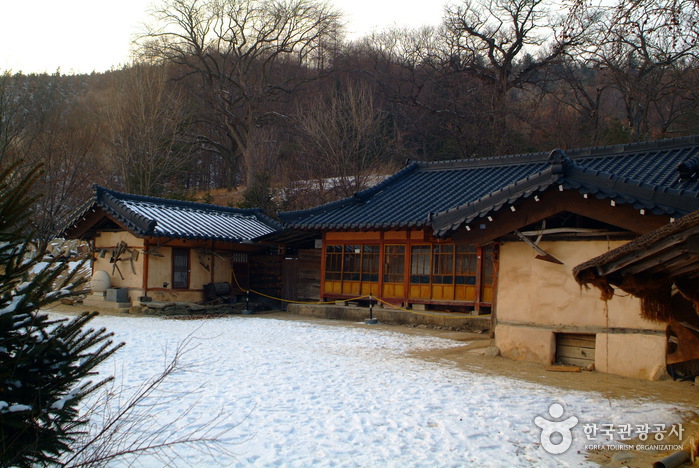
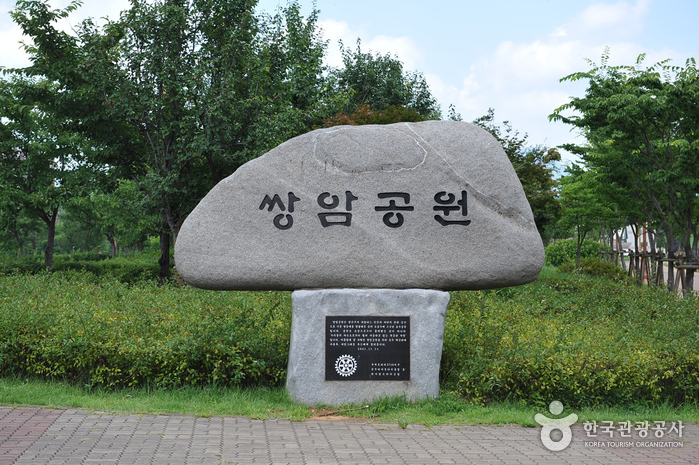
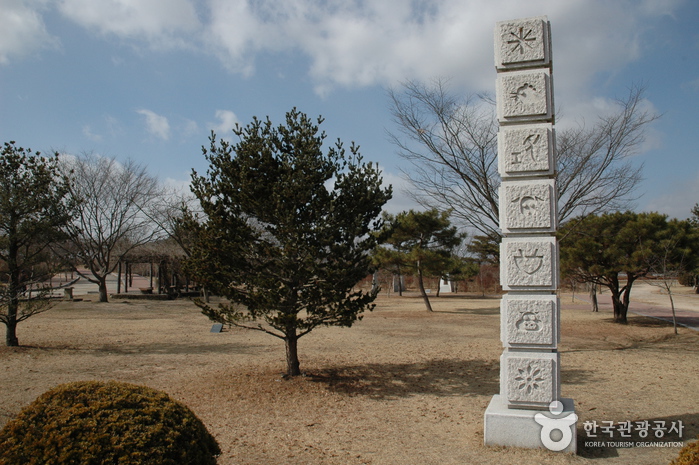
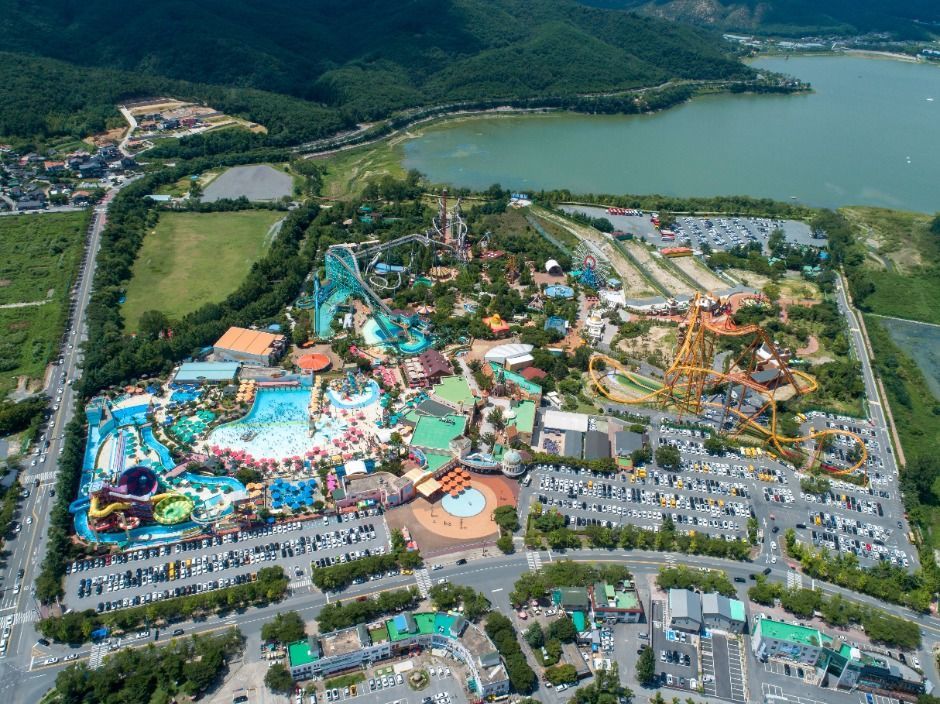
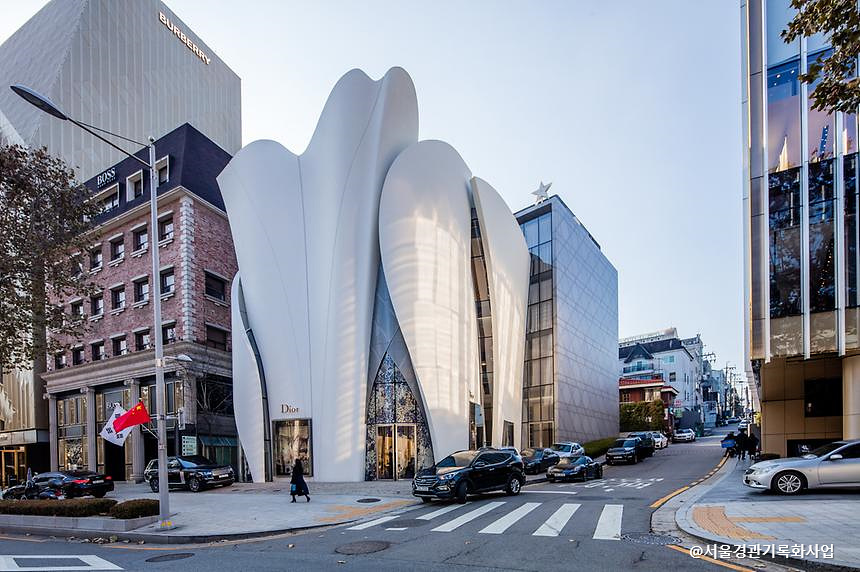
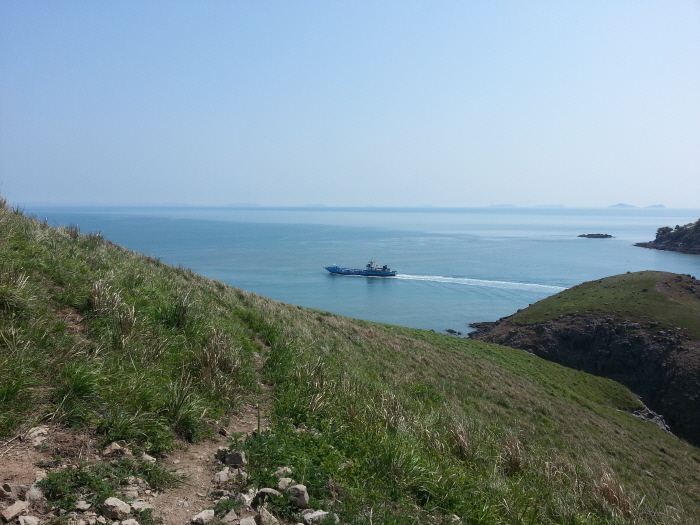
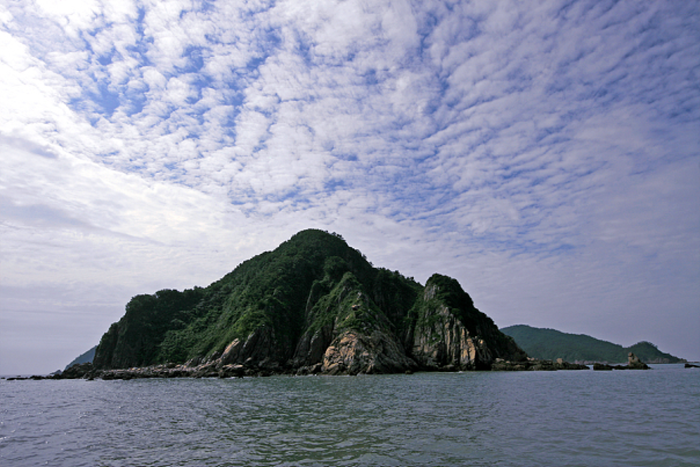
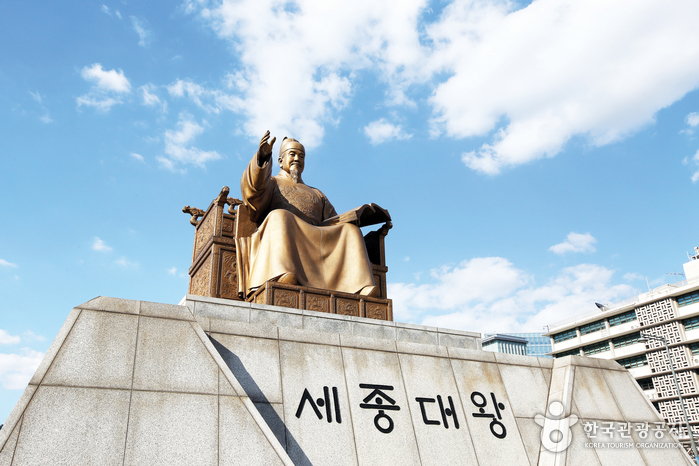
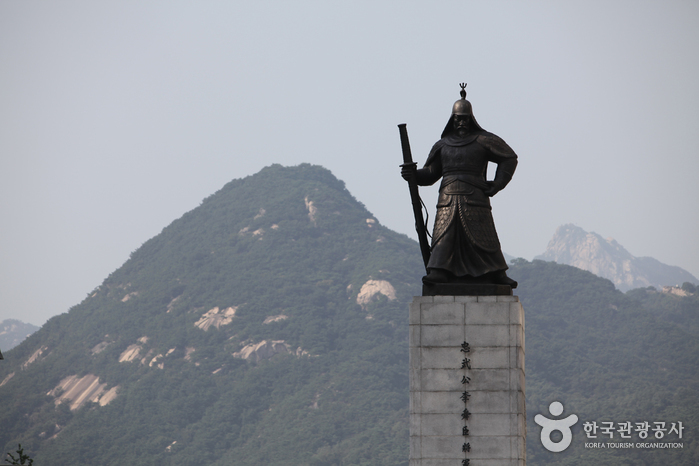
 English
English
 한국어
한국어 日本語
日本語 中文(简体)
中文(简体) Deutsch
Deutsch Français
Français Español
Español Русский
Русский